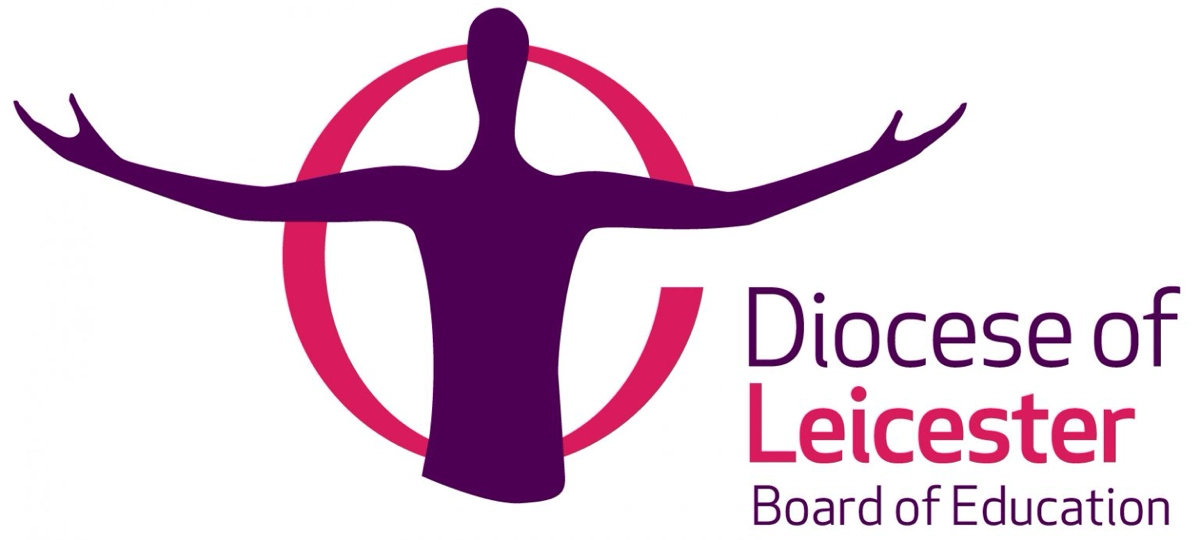| Measures | Understanding proportion | Rounding, estimation and the limits of accuracy |
| Number and operation | Polygons | Understanding Proportion |
| Expressions and formulae | Expressions and formulae | Transformations and vectors |
| Understanding proportion | Understanding products | Expressions and formulae |
| Single event probability | Raw numerical data | Percentages |
| Categorical data | Units, scales and proportions | Linear graphs |
| Units, scales and proportion | Rounding, estimation and the limits of accuracy | Understanding products |
| Accurate and inaccurate diagrams | Sequences | Right angled Pythagoras and trigonometry |
| Financial calculation | Percentages | Numerical data |
| Equations, inequalities and identities | Linear graphs | Sequences |
| Place value, rounding and estimation | Transformations and vectors | Mensuration |
| Sequences | Probability | Rational and irrational numbers |
| Percentages | Polyhedra | Equations, inequalities and identities |
| Triangles | Equations, inequalities and identities | Non-linear graphs |
| Linear graphs | Accurate and inaccurate diagrams | Number problems |
| Transformations and vectors | Algebraic proportion | Probability |
| Understanding products | Number problems | Algebraic proportion |
| Sampling and data collection | Iterative methods | Iterative methods |
| Non-linear graphs | Curved shapes | Accurate and inaccurate diagrams |
| Polygons | Sampling and data collection | Proportion and graphs |
| Probability of two or more events | Forming equations | Trigonometry in non-right angled triangles |
| Forming equations | Pythagoras and trigonometry | Algebraic problems |
| Polyhedra | Rational and irrational numbers | Graphical problem solving |
| Number problems | Non linear graphs | Iterative processes |
| Graphical problem solving | Grouped numerical data | Coordinate geometry |
| Numerical data | Graphical problem solving | |
| Curved shapes | Iterative processes | |
| Estimates and the limits of accuracy | | |

